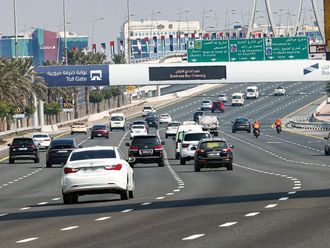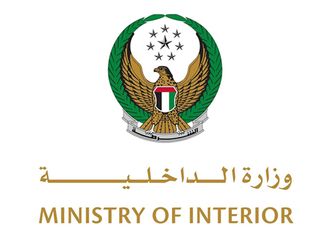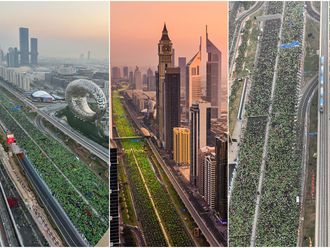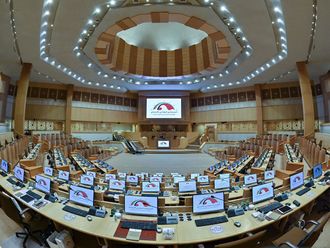The plan and layout for the new vegetable and fruit market to be built in Al Awir is ready, and the Hamriya market isw set to shift there by end of 2002. Knowledgeable sources said the plan for the new market envisages a township in Al Awir comprising hotels, hospitals, schools and other basic amenities.
But retail outlets now operating in Hamriya will not be allotted berths in the new set-up. These may have move to the relatively inactive Shindaga market, giving the latter a much-needed fillip.
Traders in Sharjah, Al Ain, Abu Dhabi and Oman will find accessibility to Al Awir easier than Hamriya. The threat of garbage from vegetable and fruit remains in the city also will cease.
Meanwhile, Oman is said to be set on doing away with its "vegetable and fruits permits system" soon, in the wake of the winding up of the sultanate's Public Authority for Marketing of Agricultural Produce (Pamap). Omani vegetable and fruit traders are now required to obtain permits issued by Pamap for ferrying in produce from Dubai.
The permit system is intended to control excess import of fruits and vegetables from Dubai, and thereby support Oman's own agricultural produce market. According to wholesale vegetable and fruit traders in Dubai, the system has severely undermined Oman's offtake and, once scrapped, Dubai's vegetable and fruits market will get a boost.
A few months ago, the Oman Government had decided to wind up Pamap, set up in the 1980s to procure and market local agricultural produce in the country, at a time when an organisation to monitor the sector did not exist.
Pamap's client list includes the Defence, Royal Oman Police (ROP), Oman Aviation, numerous supermarkets, etc. But its activity and role had appeared to be on the wane in recent years: while 1995 saw Pamap purchasing 20,969 tonnes of fruit and vegetables, the figure for 1998 stood at 14,286 tonnes. Sales also declined from 17,877 tonnes in 1995 to 12,208 in 1998.
Plans completed for new vegetable and fruit market
The plan and layout for the new vegetable and fruit market to be built in Al Awir is ready, and the Hamriya market isw set to shift there by end of 2002. Knowledgeable sources said the plan for the new market envisages a township in Al Awir comprising hotels, hospitals, schools and other basic amenities.











